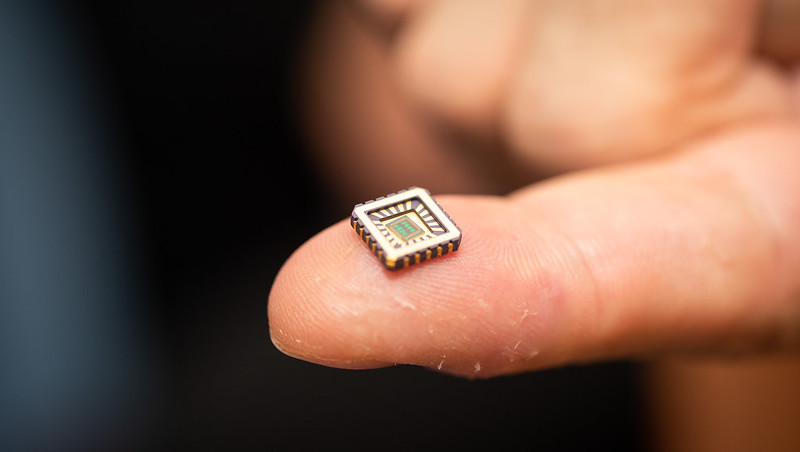
The research, which has major implications for medical science, began with mathematical modelling to explain how neurons respond to electrical stimuli from other nerves. They then designed silicon chips that accurately modelled biological ion channels, before proving that their artificial neurons precisely mimicked real, living neurons responding to a range of stimulations. Published in Nature Communications, the work could lead to new types of treatments for conditions ranging from heart failure to Alzheimer’s.
Home-based technology for dementia care
Brain implant electrode material shows MRI compatibility
“Until now neurons have been like black boxes, but we have managed to open the black box and peer inside,” said research lead Professor Alain Nogaret, from Bath University's Department of Physics. “Our work is paradigm-changing because it provides a robust method to reproduce the electrical properties of real neurons in minute detail.
“But it’s wider than that, because our neurons only need 140 nanoWatts of power. That’s a billionth the power requirement of a microprocessor, which other attempts to make synthetic neurons have used. This makes the neurons well suited for bio-electronic implants to treat chronic diseases.
“For example, we’re developing smart pacemakers that won’t just stimulate the heart to pump at a steady rate but use these neurons to respond in real-time to demands placed on the heart – which is what happens naturally in a healthy heart. Other possible applications could be in the treatment of conditions like Alzheimer’s and neuronal degenerative diseases more generally.”
Developing artificial neurons has been an ongoing scientific challenge due to biological complexity and neuronal responses which are ‘non-linear’, meaning if a signal becomes twice as strong it doesn't automatically elicit twice as big a reaction. This makes modelling neuronal behaviour intrinsically difficult. But the team, which also included scientists from the Universities of Bristol, Zurich and Auckland, was able to accurately replicate the complete dynamics of hippocampal neurons and respiratory neurons from rats, under a wide range of stimuli.
“Our approach combines several breakthroughs,” Prof Nogaret continued. “We can very accurately estimate the precise parameters that control any neuron’s behaviour with high certainty. We have created physical models of the hardware and demonstrated its ability to successfully mimic the behaviour of real living neurons. Our third breakthrough is the versatility of our model which allows for the inclusion of different types and functions of a range of complex mammalian neurons.”
The research was funded by a European Union Horizon 2020 Future Emerging Technologies Programme grant and a doctoral studentship funded by the Engineering and Physical Sciences Research Council (ESPRC).





Glasgow trial explores AR cues for autonomous road safety
They've ploughed into a few vulnerable road users in the past. Making that less likely will make it spectacularly easy to stop the traffic for...